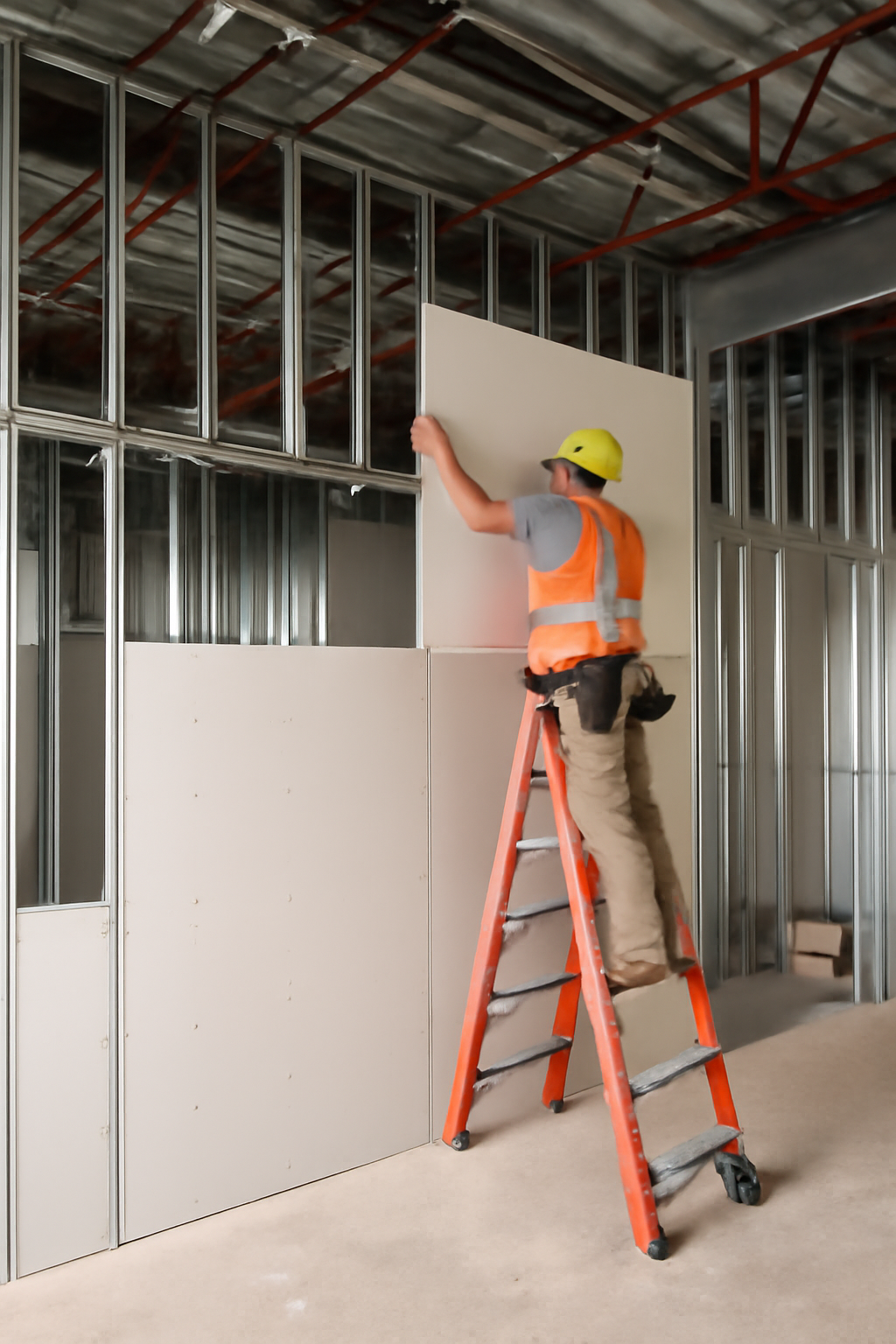
Adjusting drywall labor rates isn't just about responding to inflation—it's about understanding the evolving dynamics of your workforce, project complexity, and jobsite conditions. For architects, engineers, and general contractors, recognizing when and how to adjust labor rates can have a significant impact on both estimate accuracy and project profitability. Rigid rates may lead to underbidding or cost overruns, while dynamic, data-driven adjustments help maintain margin integrity and stakeholder trust.
Many estimators rely on fixed labor rates established at the company or regional level. While this approach offers consistency, it often fails to reflect real-world fluctuations caused by:
Without periodic evaluation and revision, outdated labor rates can mislead stakeholders and create downstream conflicts between estimates and actual performance.
Not every project requires a rate change, but here are common scenarios that signal a necessary review:
Modern systems like Active Estimating enable real-time visibility into how labor assumptions compare to actual jobsite performance. This creates a feedback loop that promotes smarter labor rate adjustments over time.
It’s not just about the average hourly rate. Labor costs can vary dramatically by:
A smart drywall estimating platform enables rate customization at the task or assembly level—ensuring each line item reflects its true labor intensity.
Drywall labor rates shouldn’t be static—they should evolve with your workforce, your projects, and your technology. Firms that adopt a responsive, data-informed approach to labor cost estimation are more competitive, more accurate, and more profitable. The right system lets you adjust quickly, back it up with real-world evidence, and communicate those decisions clearly across your team.
Richard Schoener
richard@activeestimating.com
(530) 601-7899
Active Estimating
508 2nd Street, Suite 208
Davis, California 95616
https://www.activeestimating.com/
https://www.activeestimating.com/drywall-estimating-software
Schedule a personalized demo to see how Active Estimating can work for your specific needs.
